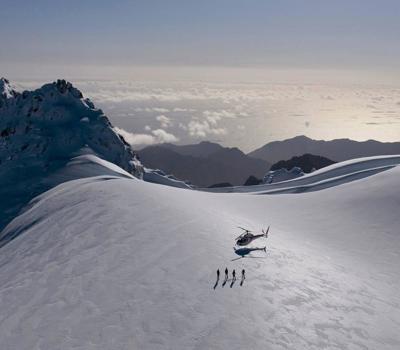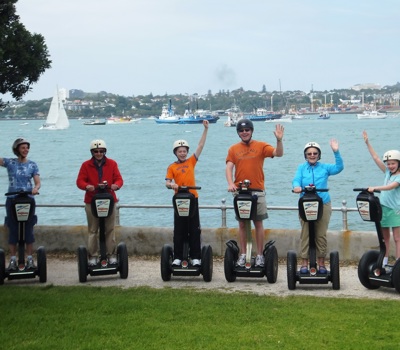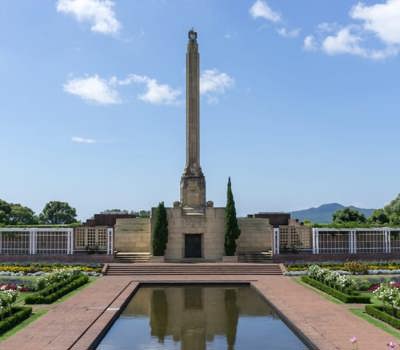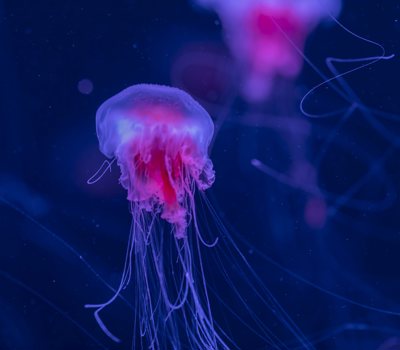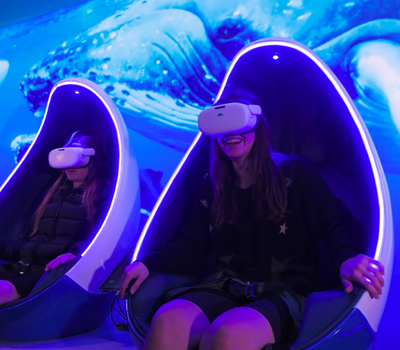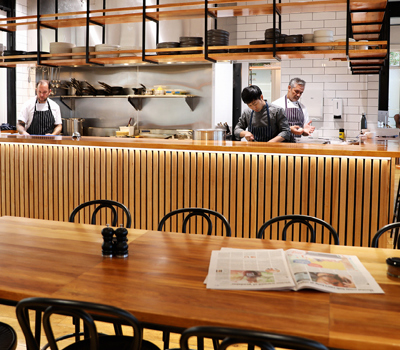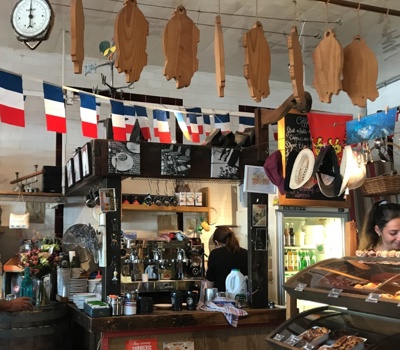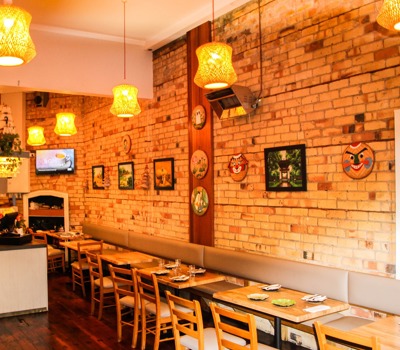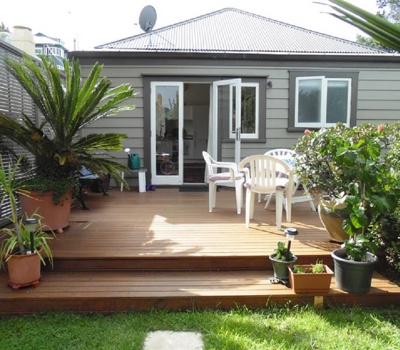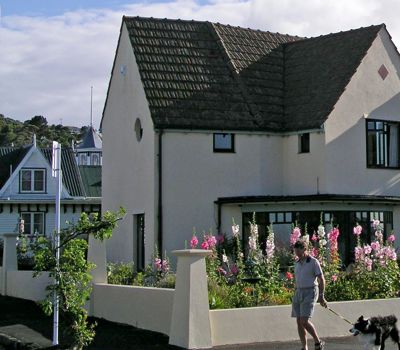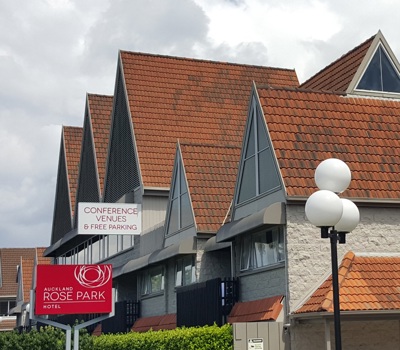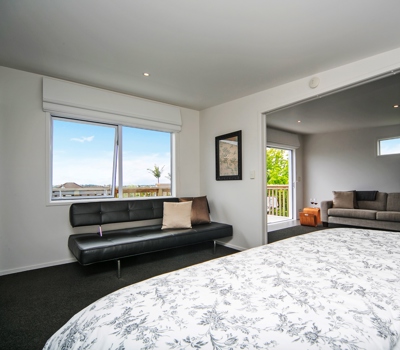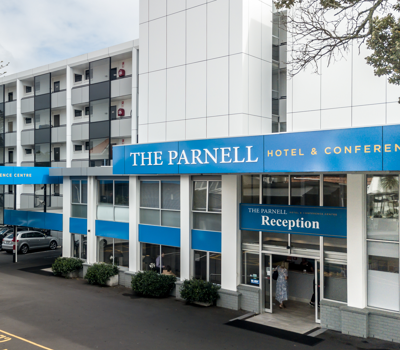-
More info He pārongo atu anō
Visit website
Looking for an adventure packed with history and coastal beauty? Look no further than Maungauika / North Head! Standing 87 metres tall, this ancestral maunga (mountain) boasts stunning views and a fascinating mix of Māori and military history.
Maungauika, meaning 'Mountain of Uika,' was formed over 50,000 years ago. Its terraced slopes and strategic location chosen for its volcanic soils, rich marine environment, and prominent position made it a key site for early Māori settlements. Later, in colonial times, the maunga became a coastal defence site, with a network of tunnels, batteries, and forts built to guard against the threat of invasion. Today, you can still explore these historic tunnels, a true relic of Auckland’s past.
Geologically, Maungauika is one of Auckland’s oldest volcanic cones, with coastal platforms and scoria deposits that make it a geological wonder. And if you’re a fan of coastal views, you’ll love the breathtaking scenery that stretches from the harbour to the North Shore!
Maungauika is more than just a mountain—it’s a journey through thousands of years of history. Come walk its paths, explore its tunnels, and enjoy a day out at one of Auckland’s hidden gems.
